Samsung Galaxy A70 vs A80
The mid-range segment is competitive. Samsung’s Galaxy A series is designed to compete here and it has taken a lead by introducing not one or two but 8 smartphones in the range. These are the A10, A20e, A30, A40, A50, A60, A70 and a flagship in its own right, the Galaxy A80.
In a time when flagship smartphones are beginning to feel out of reach given its sky high price tags, the mid-range smartphones are what most people will fall back on, think iPhone XR. Two of these mid-range phone that can easily be pitted against those flagships are Samsung’s Galaxy A70 and A80. In considering between Galaxy A70 and A80, we look at the differences between these phones.
RELATED:
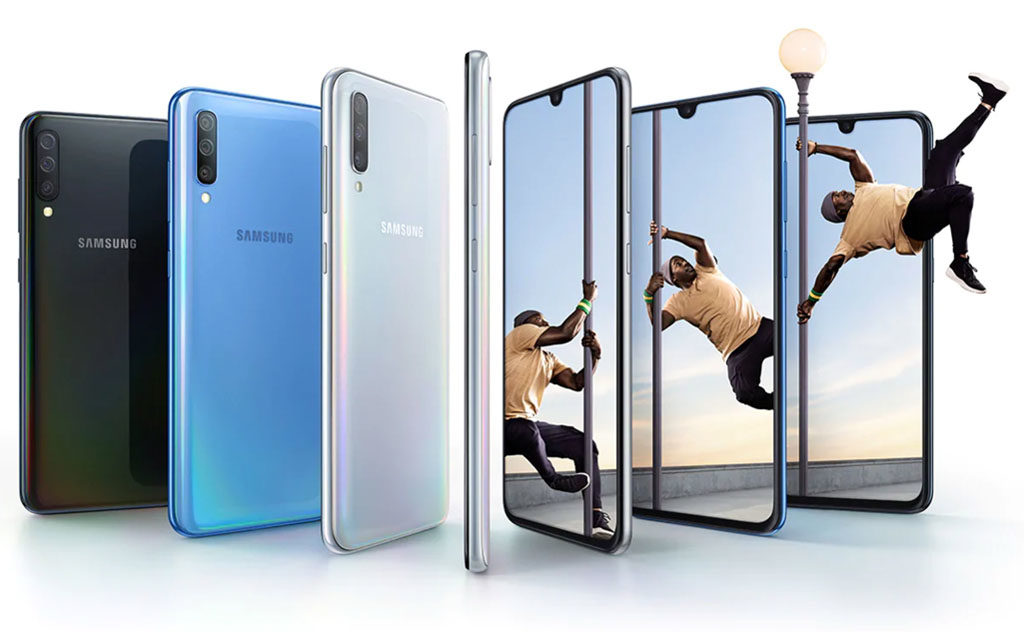
Design
The big display dominates the front of the phones. The expansive display reaches the edges and rounded corners evenly except for the bottom edge. Here, the bottom edge is slightly bigger, not too big that it gets in the way but you will notice it. Using a 3D design, the glass front and plastic back on the Galaxy A70 are held together by a metal frame. The plastic backplate has been given a glass like treatment, what Samsung calls glasstic effect. The Galaxy A80 however uses shatter resistant Gorilla glass for the backplate. Here is also where you have a choice of colours, see below. Overall, the minimalistic design give the phones a premium feel.
- Galaxy A70: black, white, blue or coral
- Galaxy A80: gold, white, black
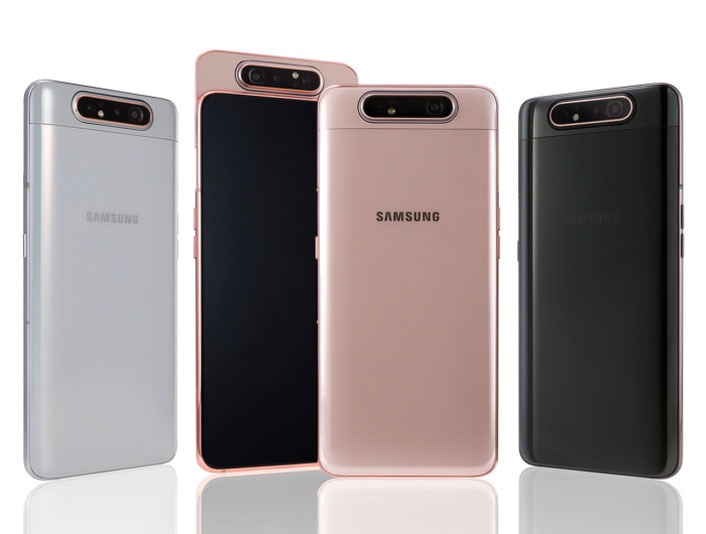
On the back of the Galaxy A70 you get an array of cameras arranged vertically on the left side. There are three lenses and the LED flash. Nothing else but the band Samsung is visible staying true to the minimalist design. The back of the A80 tells a different story. Instead of having the cameras in its usual place, it is placed horizontally near the top edge. This is to facilitate the popping and rotating mechanism allowing the camera to be used both as front and rear facing cameras.
The idea of a rotating camera is not new but with Samsung taking on the challenge, you can be sure that plenty of thought has gone into it to ensure that it works properly. In fact, the company takes it to the next level by including a motor inside. This moves the back of the phone up and then flips the camera housing 180 degrees. The rotating housing isn’t small either as it carries a triple-lens camera, flash and sensor. Also, only part of the backplate is raised, extending the height of the phone, unlike the old slider phones where the entire backplate slides up.
Display: Big 6.7-inch SuperAMOLED displays
Both phones have a whooping 6.7-inch display. Even the display on the Samsung Galaxy S10+ is only 6.4-inch albeit with higher resolution. However, the A80 is a ‘real’ infinity display with no notch or cut-out offering a real full screen experience without anything getting in the way.
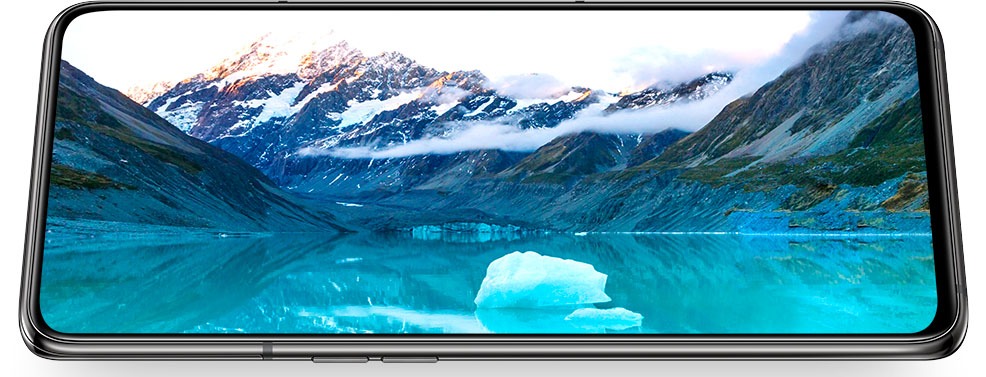
At 6.7-inch, the smartphone is inching closer towards a small tablet category but with very tight bezel, it still has a compact and pocketable size.
It may not have the full resolution of Samsung’s flagship, the display on the Galaxy S10+ packs 1440 x 3040 pixels, the displays on Galaxy A70 and A80 have only 1080 x 2400 pixels. The advantage is, these are Samsung’s well-known Super AMOLED screens. The huge Infinity Display produces plenty of detail, sharpness and depth with vivid colours we have come to expect from Samsung’s excellent panel.
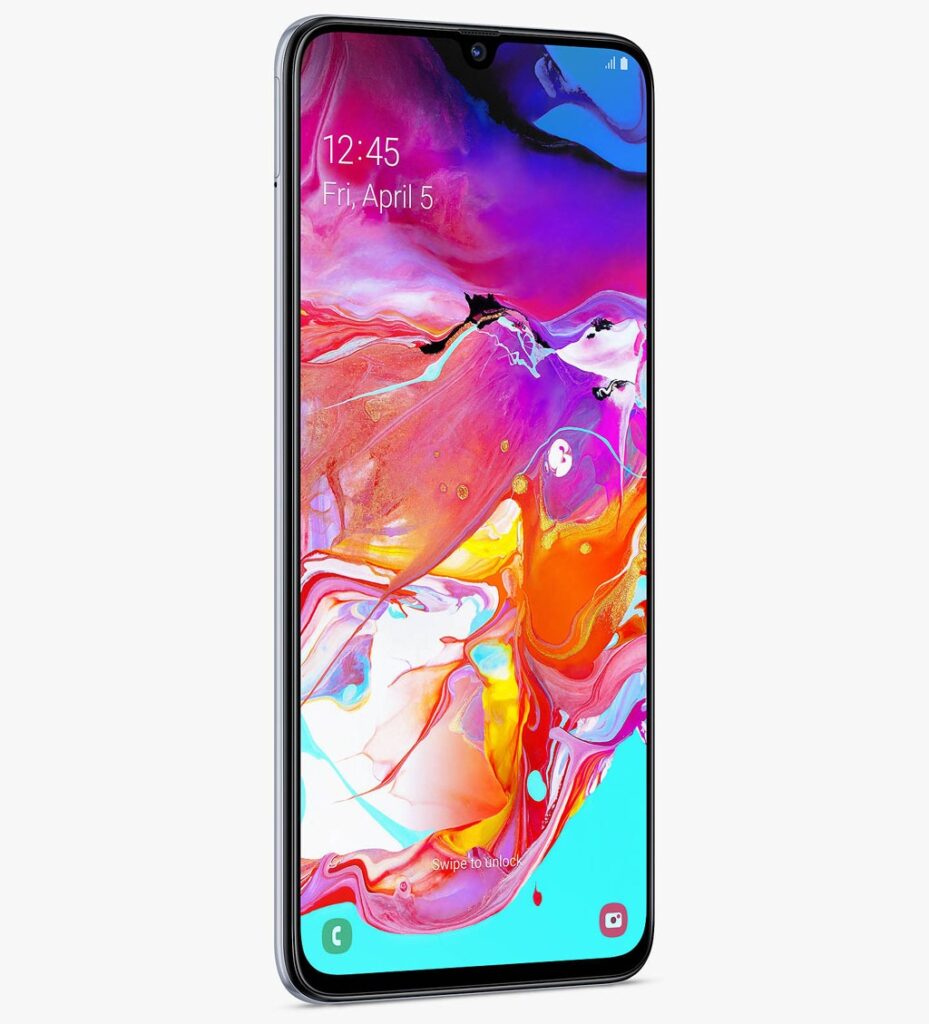
The Galaxy A70 like all other new A-series, uses the Infinity-U display, one with a U shaped notch. It is still pretty decent given that the distraction is minimal, much smaller than the iPhone XS Max and not so discerning as the oblong pill shaped cut-out on the Samsung Galaxy S10+.
- Galaxy A70: 6.7-inch FHD+ sAMOLED 1080 x 2400 pixels Infinity-U display (393ppi) 20:9 aspect ratio
- Galaxy A80: 6.7-inch FHD+ sAMOLED 1080 x 2400 pixels ‘real’ Infinity display (393ppi) 20:9 aspect ratio
On-screen Biometric Authentication
Both phones also feature the in-display fingerprints scanner, a great feature for a mid-range phone. This meant no reaching around the back and fumbling for a physical finger print sensor or trying your luck on the small fingerprint sensor on the power button. Once programmed, the in-display sensor automatically recognises and verifies your fingerprint and offers you your personalised experience. To unlock, simply place your finger on the virtual finger print sensor ‘printed’ on the display.
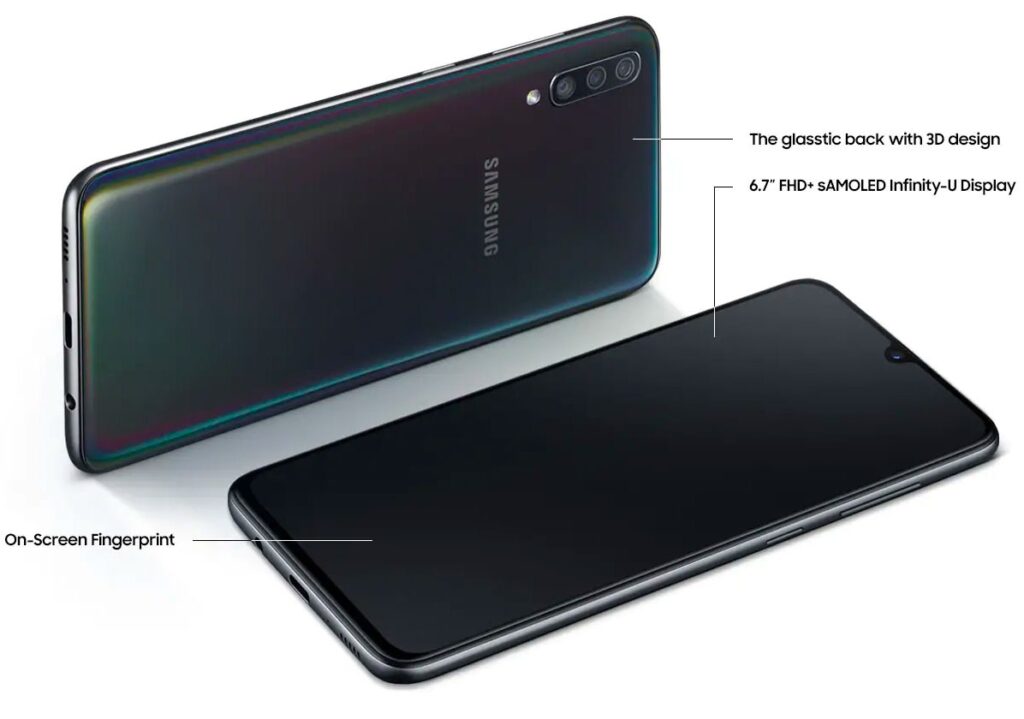
Battery: Long lasting battery with fast charging support
The Galaxy A70 has a huge 4500mAh capacity battery and supports Ultra Fast Charging. The big capacity battery offers longer mobile use per charge. When you run low, charge it in a flash with an efficient 25W Super Fast Charger via the USB Type-C. It may not support wireless charging but that is just one of the things you are going to have to put up with for paying less.
The Galaxy A80 has to make do with a smaller capacity battery but still at a respectable 3700mAh. This is because of the slider mechanism and room to accommodate a rotating camera, taking away space in the phone for battery. Like the A70, it supports fast battery charging at 25W. With mixed use, the phone will last easily up to 10 hours on a full charge.
- Galaxy A70: 4500mAh with 25W fast charging support
- Galaxy A80: 3700mAh with 25W fast charging support
Performance
At the core of the phones is the mid-range Snapdragon 730. It is not exactly the slowest processor, unlike the 600 series and below (400 and 200 series) but it is no 800 series. In fact, the 730 is at the top end of the 7 series 64-bit CPU range making it a powerful upper mid-range processor and together with up to 8GB of RAM, you will have no problem multi-tasking and switching between apps quickly.
- Galaxy A70: Qualcomm SDM730 Snapdragon 730 (8 nm) (2×2.2 GHz Kryo 470 Gold & 6×1.8 GHz Kryo 470 Silver); Adreno 618 GPU.
- Galaxy A80: Qualcomm SDM730 Snapdragon 730 (8 nm) (2×2.2 GHz Kryo 470 Gold & 6×1.8 GHz Kryo 470 Silver); Adreno 618 GPU.
Memory and Storage: Huge memory but limited storage options
It won’t match the different storage options offered by the company’s own flagship namely the Samsung Galaxy S10+. Whereas the Galaxy S10+ comes with 128GB, 512GB and 1TB storage, the Galaxy A70 and A80 only comes with one storage option, 128GB. Unfortunately, both phones do not come with microSD card slot so users will have to make do with the built-in storage and backing up to the cloud.
- Galaxy A70: 6GB RAM memory, 128GB ROM storage
- Galaxy A80: 8GB RAM memory, 128GB ROM storage
But perhaps the biggest surprise for a mid-range phone is the amount of onboard memory. The Galaxy A70 has 6GB RAM while Galaxy A80 comes with 8GB of RAM. This step up in memory mirrors Samsung’s flagship line with the Galaxy S10e having 6GB of RAM. The Galaxy S10/10+ with 128GB and 512GB storage comes with 8GB RAM. The chart topper of course is the Galaxy S10+ with 1TB of storage, that comes with 12GB of RAM.
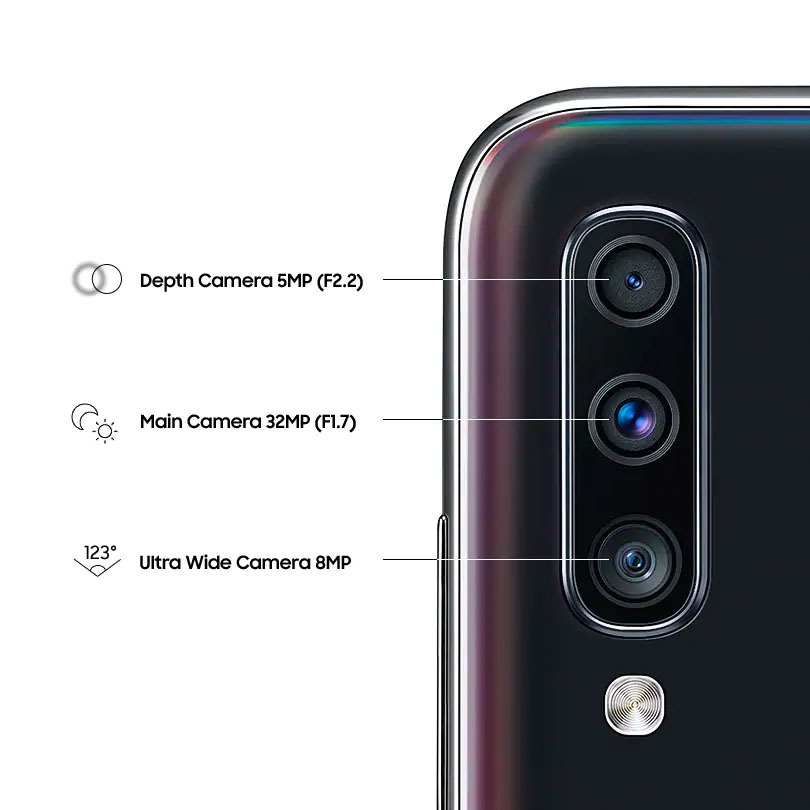
Camera: Triple Lens Camera with Ultra Wide Angle Lens
With the triple lens camera, the phones are capable of taking close up, wide and ultra wide photos with up to 123-degree field of vision. The main camera also let lots of light in for a clearer shot day or night. There is also a depth sensor for depth detection to keep the subject in focus. Together, the camera is capable of adjusting the depth of field and add what is known as the bokeh effect for depth and blur to any portrait.
Main Rear Camera
- Galaxy A70: Depth Camera 5MP (F2.2), Main Camera 32MP (F1.7), Ultra Wide Camera 8MP and flash
- Galaxy A80: TOF 3D camera (F1.2), Main Camera 48MP (F2.0), Ultra Wide Camera 8MP and flash
With most smartphones, you typically have to compromise and make do with a single lens and lower optical sensor where the selfie camera is concerned. With the A80, there is no such compromise. Be it front of back, selfie or main camera, it shoots with the same triple lens camera. The A70 uses a 32MP sensor for its selfie camera. This is not the same as the 32MP used for the main camera but a big sensor is always good. Captured photos are bright and clear during the day and Selfie focus manages to adjust the background depth and blurs it.
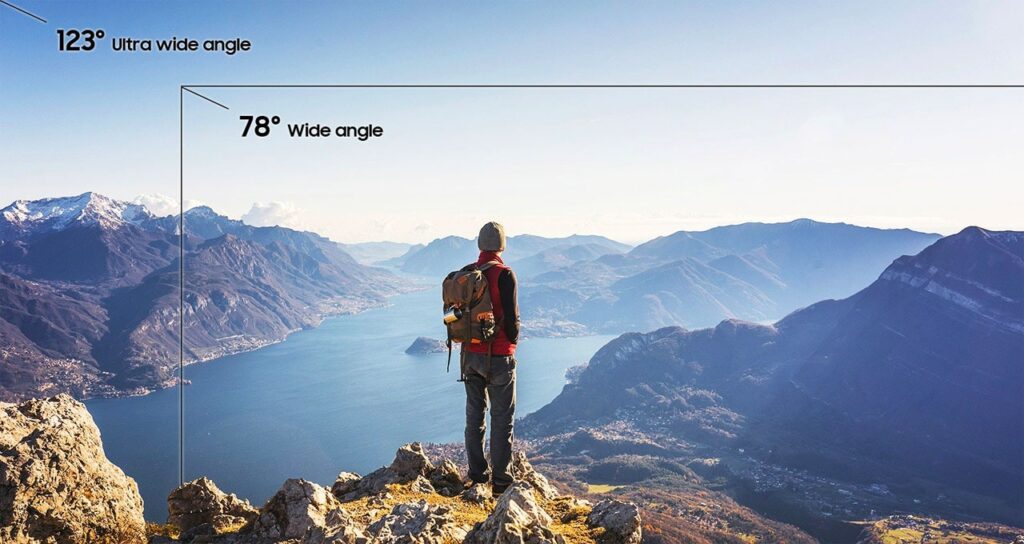
Selfie Front Camera
- Galaxy A70: 32MP (F2.0) camera, No Flash
- Galaxy A80: Same as above with rotating housing
On both phones, the main camera is capable of 4K video recording at 30fps with slow motion capture at Full HD up to 240fps.
Dimensions & Weight
Even with a whooping big screen, both phones aren’t considerably bigger but the Galaxy A80 is thicker and a lot heavier than the A70 owing to the motorised camera silo and use of glass on both sides. It is 37 grams heavier and 1.4mm thicker. As a comparison, the iPhone XS max with its 6.5-inch display weighs 208 grams.
- Galaxy A70: 164.3 x 76.7 x 7.9 mm (6.47 x 3.02 x 0.31 in), 183 grams
- Galaxy A80: 165.2 x 76.5 x 9.3 mm (6.50 x 3.01 x 0.37 in), 220grams
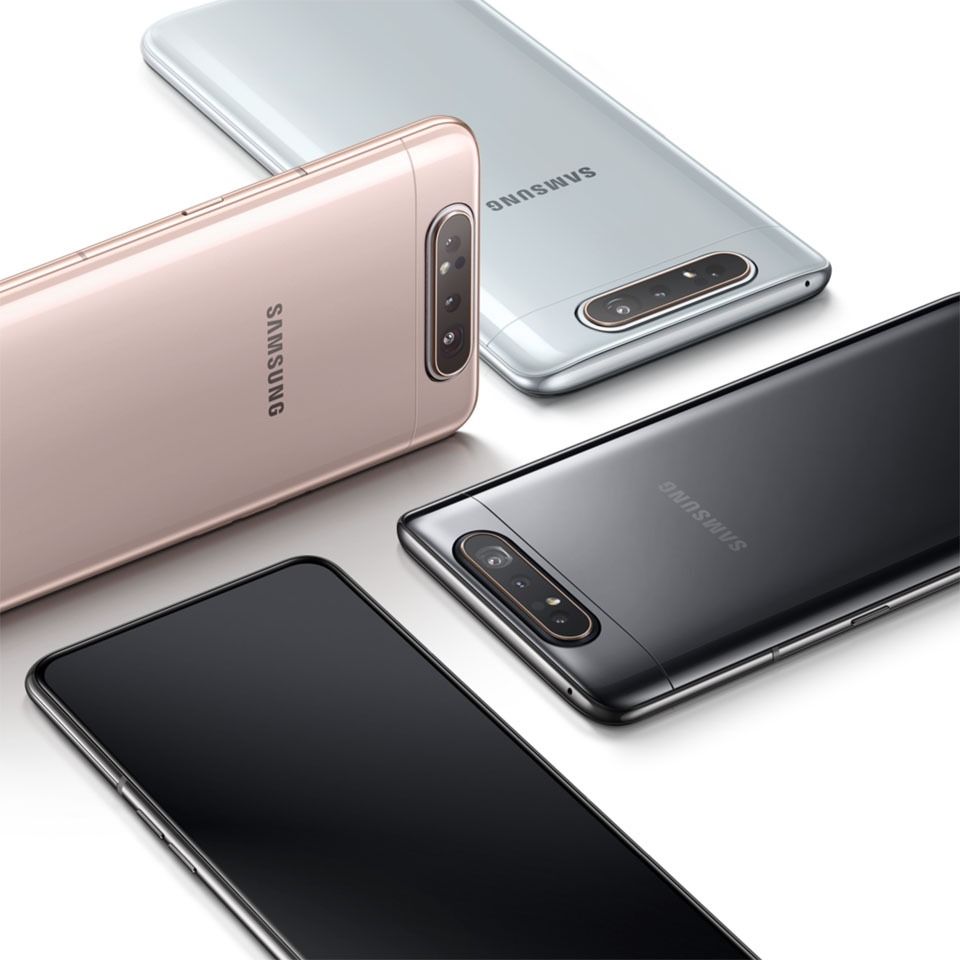
Sound
The downward firing speakers produce amazing sound but if you are hoping for a 3.5mm headphone jack, then you are out of luck. Like the iPhones, these have been removed. You can use the included USB-C headphone. Or, if you wish to use your own headphone, you will need an active USB-C to 3.5mm adapter. What you really want is to invest in a good pair of Bluetooth headset as most smartphones are going that way.
With the real Infinity display on the Galaxy A80, one would wonder where the handset earpiece is. When you take a call, you would naturally place the screen on your ear. Right around the area of the screen where you would normally do this is a speaker underneath the display. Sound is projected through the display during a call. On the Galaxy A70 however, there is a small slot just above the U notch for the earpiece.
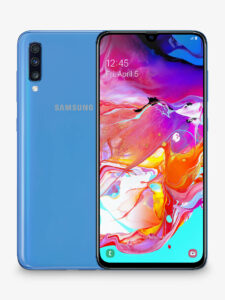
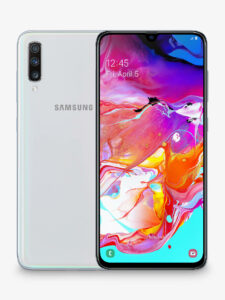
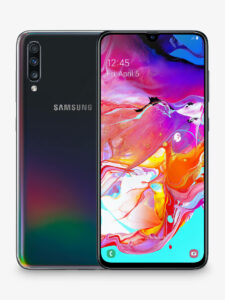


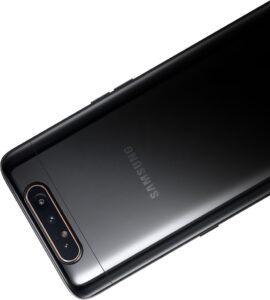
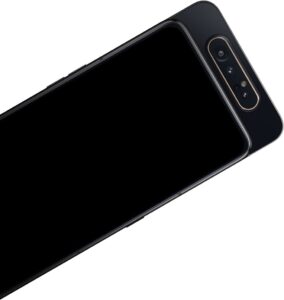


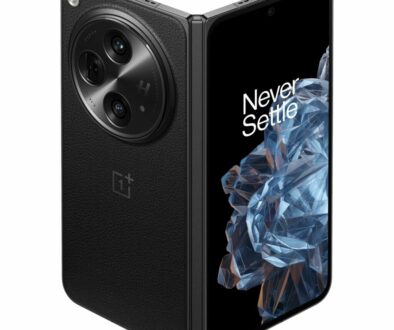
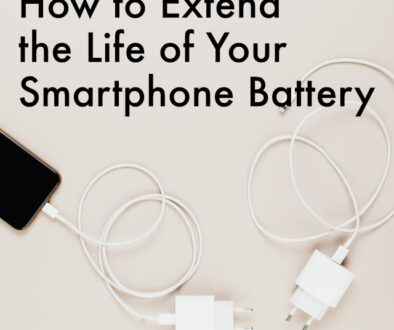


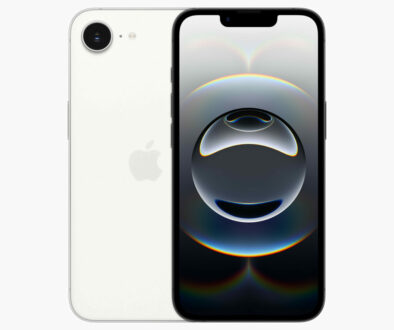
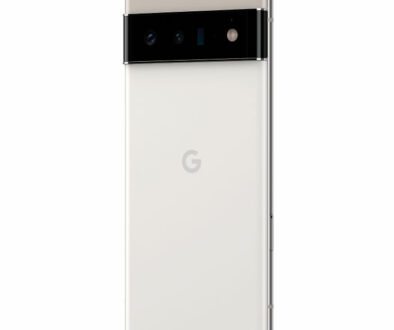
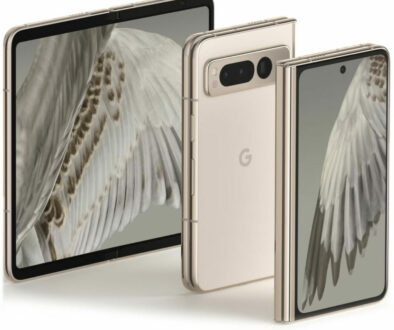
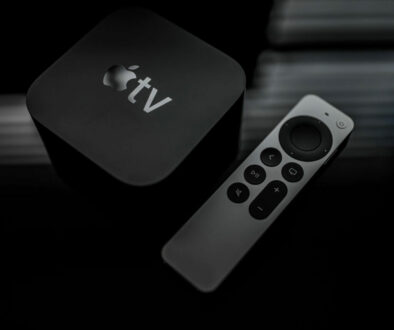

Samsung Galaxy A40 Review: Amazing value & reliable device – Colour My Tech
12th September 2019 @ 2:18 pm
[…] Samsung Galaxy A70 vs A80 […]